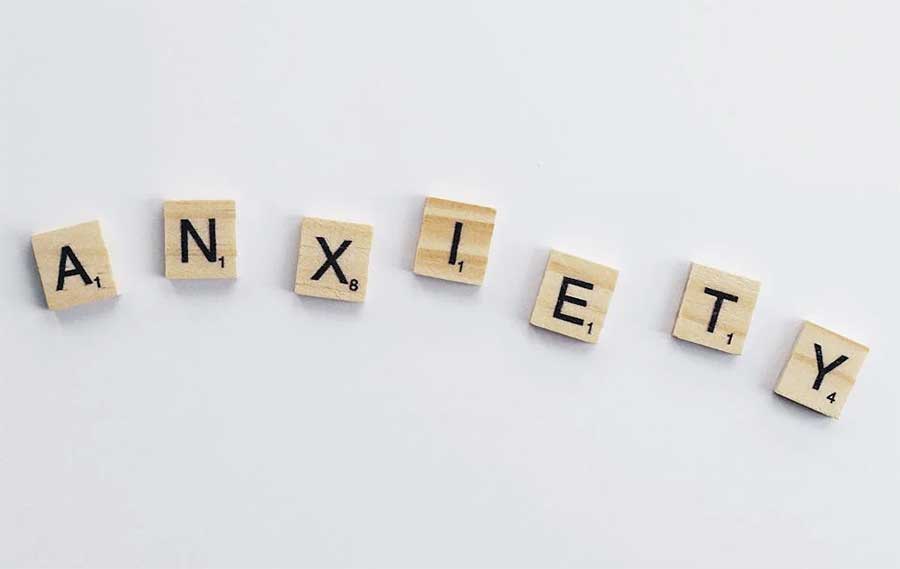
28 Jun How “anxiety” may present in autism spectrum disorder (ASD)
The prevalence of anxiety in individuals with autism spectrum disorder (ASD) is high. This heightened anxiety can be attributed to several factors inherent to the diagnosis of ASD, such as sensory sensitivities, difficulties in social interactions and a strong preference for structure and routine.
When we understand how anxiety manifests in young children with autistic – we are better equipped to provide the child needs.
Let’s take a closer look at how anxiety may present in autism spectrum disorder (ASD):
- Changes in eating habits can be an indicator of anxiety. Some children may eat to self-soothe whilst others might lose their appetite due to heightened levels of stress.
- Autistic children may engage more frequently in repetitive behaviours or rituals as a coping mechanism to manage their feelings of anxiety.
- Sudden and intense emotional reactions, such as anger or frustration, may appear without an obvious trigger. These outbursts can be because of intense internal anxiety that the child is struggling to communicate.
- Children with ASD may have trouble falling asleep, or staying asleep or may experience restless sleep due to anxious thoughts and feelings or sensory sensitivities.
- Many Autistic children may choose to avoid specific situations, especially social interactions that they might find overwhelming or anxiety-inducing.
- Physical symptoms – can manifest in the form of increased heart rate, shortness of breath, sweating, and trembling.
- Sensory sensitives likewise often cause anxiety towards situations involving heightened sensory input- such as loud noises or bright lights.

